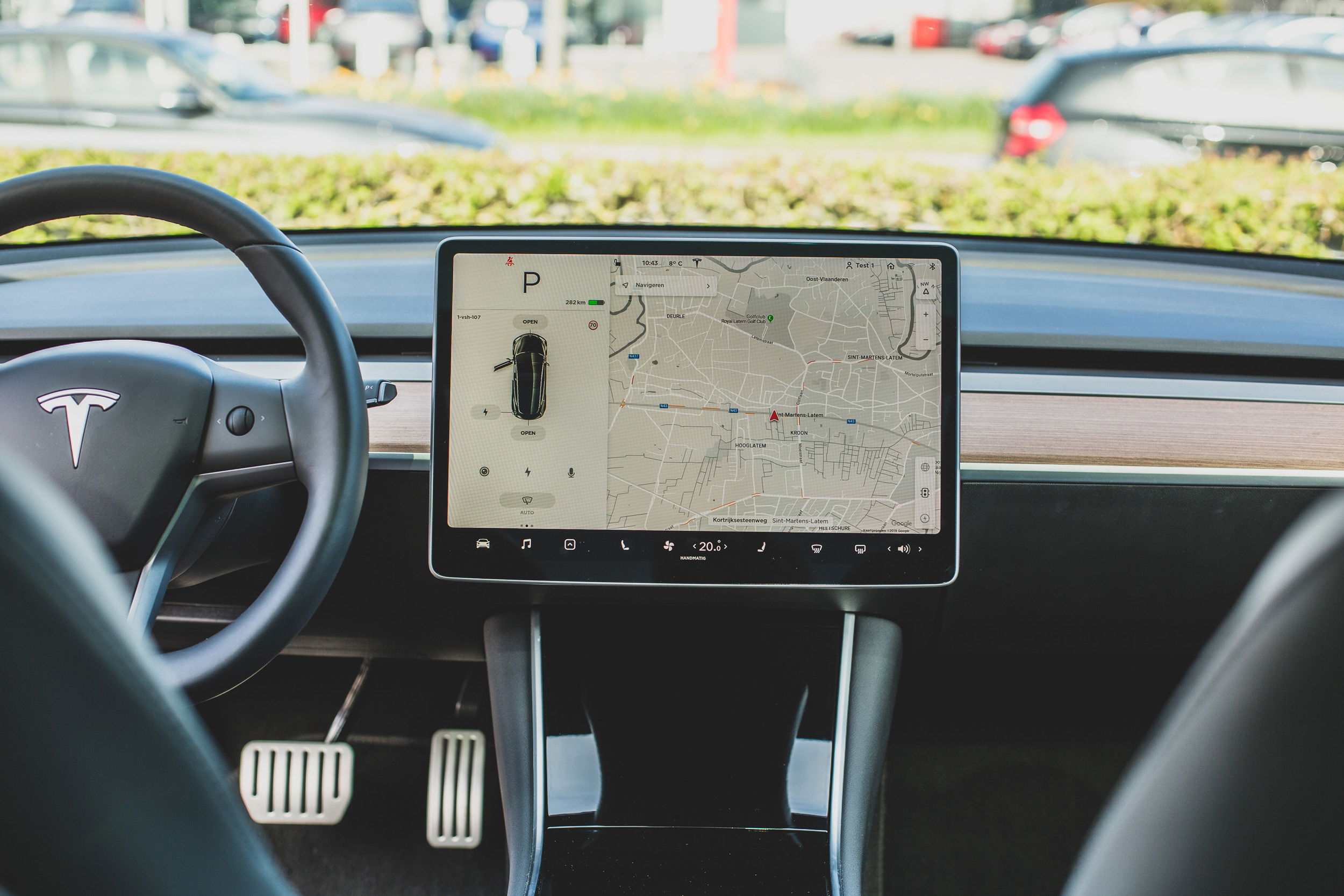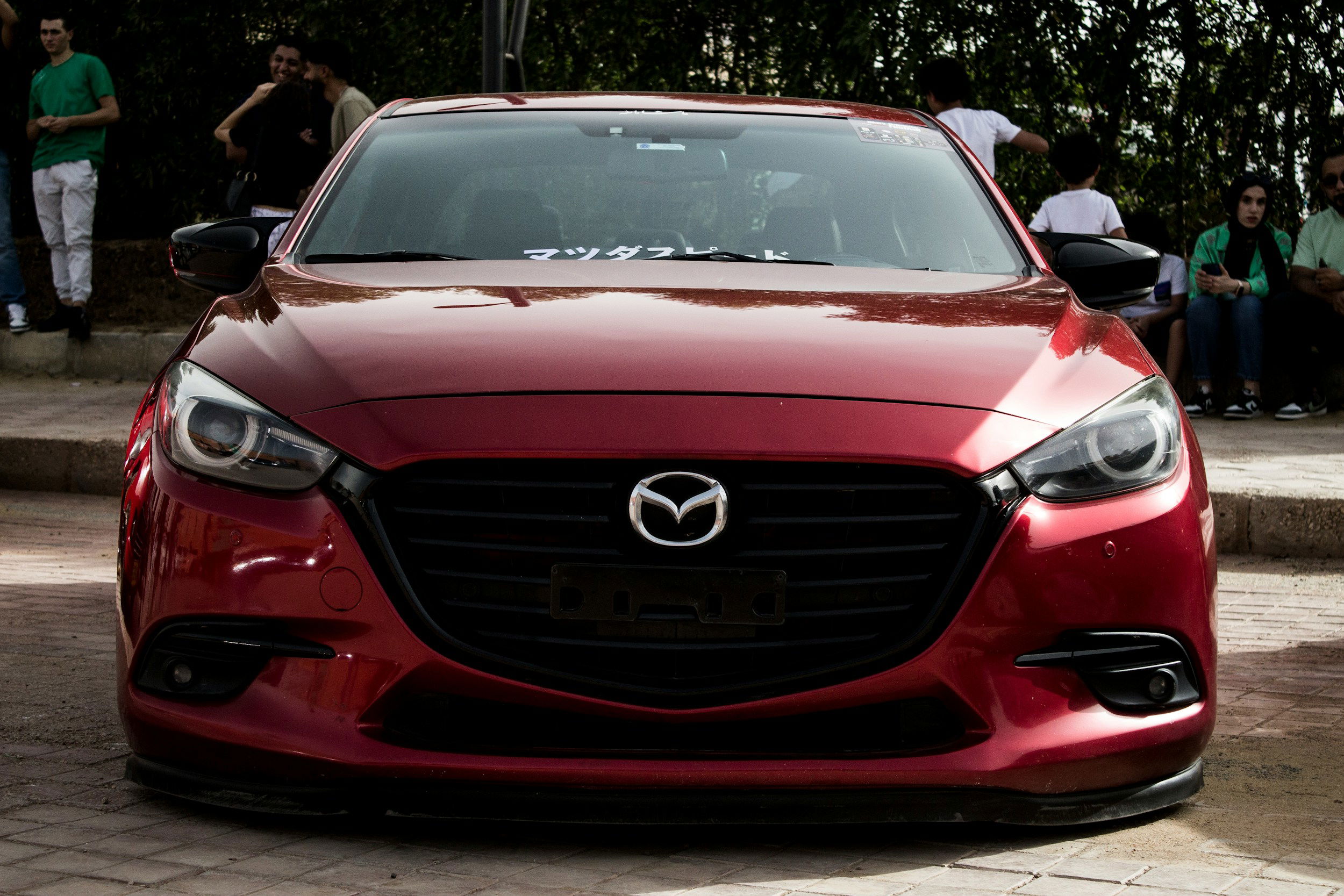The Dangerous Rise of Distracted Driving by Design
Modern vehicles have quietly become rolling monuments to terrible user experience, trading intuitive physical controls for flashy but dangerous touchscreen interfaces. What began as a luxury feature in early Tesla models has metastasized into an industry-wide plague of poorly designed digital dashboards that demand more attention from drivers than the road itself.
The consequences are measurable and severe: studies now show touchscreen vehicles require up to four times longer to perform basic functions than their button-equipped counterparts, creating a distracted driving crisis that automakers refuse to acknowledge.
A Swedish car magazine, Vi Bilägare, conducted a study comparing how long it takes drivers to perform basic tasks like adjusting climate controls or changing the radio station using touchscreens versus traditional physical buttons. The results showed that in the worst-performing modern car, it took drivers up to four times longer to complete these tasks compared to an older vehicle with physical controls.
The study involved testing 12 vehicles, including newer models with touchscreen-heavy interfaces and one older car with conventional buttons.
Even after allowing drivers time to familiarize themselves with each system, touchscreen-equipped cars consistently required more time and attention, which could translate into increased distraction and reduced safety on the road.
So while not every touchscreen system is equally inefficient, the general trend supports the idea that physical buttons are quicker and less distracting to use.
The psychology behind this dangerous trend reveals an uncomfortable truth about today's automotive industry. Car manufacturers aren't prioritizing safety or usability - they're chasing cost savings and tech bro aesthetics at the expense of driver attention.
Physical buttons, switches, and knobs require expensive tooling, individual wiring, and mechanical engineering. A single touchscreen replaces dozens of these components while creating the illusion of cutting-edge sophistication. The result is a generation of vehicles where adjusting the air conditioning or changing the radio station now requires the same focused attention as sending a text message.
The Science Of Tactile Feedback: Why Buttons Work

Human factors research has consistently demonstrated the superiority of physical controls in moving vehicles. A seminal 2019 study from the University of Utah found drivers using touchscreens exhibited:
- 30% longer reaction times to road hazards
- Significantly higher cognitive workload (as measured by pupil dilation)
- More frequent and longer glances away from the road
The reason lies in proprioception - our body's ability to sense its position in space. Physical controls allow for muscle memory development; drivers can locate and manipulate buttons without looking.
Touchscreens destroy this capability, forcing visual confirmation for every interaction. Even haptic feedback (those little vibrations mimicking physical buttons) fails to solve the problem, as demonstrated by a 2022 AAA study showing haptic systems offered no safety improvement over standard touchscreens.
Automakers have ignored these findings while pushing interfaces that would be unacceptable in other critical applications.
Imagine an airplane cockpit where pilots had to navigate nested menus to adjust flaps or a hospital ventilator requiring touchscreen swipes to modify oxygen flow. The absurdity becomes immediately apparent, yet we tolerate this in vehicles moving at 70 mph with families inside.
The Tesla Effect: How One Bad Idea Poisoned An Industry

The automotive UI crisis traces directly to Tesla's controversial decision to eliminate nearly all physical controls in the 2012 Model S. While praised at the time for its minimalist aesthetic, this approach has proven disastrous in practice.
Touchscreen-centric vehicle interfaces increase driver distraction compared to traditional tactile controls. A study from Drexel University introduced a system called [Distract-R](), which uses cognitive modeling to simulate how drivers interact with in-vehicle interfaces. It found that multi-step touchscreen tasks increase cognitive load, diverting attention from the road more than physical buttons.
Research presented at the International Conference on Machine and Industrial Design proposed a Dynamic Human-Computer Interface System (DHCIS) that simplifies touchscreen interactions. Their findings suggest that multi-layered menus and deep navigation structures—common in modern touchscreens—are more distracting than single-function tactile controls.
Furthermore, a systematic review on driver distraction in the context of Advanced Driver Assistance Systems (ADAS) and Automated Driving Systems (ADS) highlights that even with automation, drivers remain vulnerable to distraction, especially when interacting with complex interfaces.
While none of these studies directly compares Tesla drivers to other luxury car owners in terms of screen interaction time, Tesla’s design philosophy of centralizing nearly all controls on a single touchscreen fits the profile of systems shown to increase distraction. The absence of tactile feedback and reliance on visual attention aligns with the risk factors identified in these studies.
Worse still, Tesla's UI philosophy has spread like a virus. BMW's iDrive system, once a benchmark for logical control hierarchies, now buries climate controls behind touchscreen menus. Ford's latest trucks require screen taps to engage four-wheel drive. Even stalwarts like Toyota have succumbed, replacing their excellent physical climate controls with smudge-prone touch panels in recent models.
This regression in interface design coincides with alarming safety statistics. In 2015, the United States recorded 3,477 fatalities caused by distracted driving, according to NHTSA data, the same period touchscreen interfaces became ubiquitous. While correlation doesn't equal causation, the timing suggests a worrying relationship between complex digital interfaces and deteriorating road safety.
The Hidden Costs Of Touchscreen Addiction

Beyond immediate safety concerns, touchscreen-dominated interiors create numerous secondary problems:
Software reliability issues plague modern automotive interfaces. A 2023 JD Power study found infotainment systems are now the single most problematic vehicle category, with freezing screens, laggy responses, and confusing menus frustrating owners.
When your physical buttons stop working, it's usually due to a mechanical failure you can diagnose. When your touchscreen freezes, you might lose access to climate controls, defrosters, or even speedometer readings until the next reboot.
Ergonomic degradation is another consequence. Physical controls can be positioned optimally for the driver's reach and line of sight. Touchscreen interfaces force constant refocusing between road and screen, creating visual fatigue. The lack of tactile feedback also means drivers must look at the screen to confirm inputs, compounding distraction.
Perhaps most insidiously, touchscreens enable automakers to monetize basic functions. BMW's subscription-based heated seats demonstrated how digital controls allow feature paywalls that would be impossible with physical components. As vehicles become more software-defined, expect more essential functions to disappear behind premium subscriptions.
The Counter-Reformation: Automakers Admitting Their Mistake

Some manufacturers are beginning to acknowledge the touchscreen overreach. After receiving widespread criticism, Porsche added physical climate controls back to the Taycan's center console. Nissan's latest concepts feature prominent physical buttons for common functions.
As for Tesla, while the brand remains committed to its minimalist, screen-centric interiors, European safety regulations are beginning to influence design choices across the industry. Starting in 2026, Euro NCAP will incentivize manufacturers to include physical controls for essential functions like turn signals, wipers, and hazard lights.
Tesla hasn’t made sweeping changes yet, but there are signs of incremental reintroductions of tactile elements—such as physical stalks returning in some refreshed models—likely in response to regulatory and consumer pressure.
The most promising development comes from Mazda, which conducted extensive research proving touchscreens increased driver distraction. Their solution? Eliminating touch capability entirely while moving, forcing use of a physical control knob.
Mazda conducted internal studies that showed touchscreen use while driving can significantly increase distraction. According to Matthew Valbuena, Mazda North America’s lead engineer for HMI and infotainment, their research found that when drivers reached for a touchscreen, they often unintentionally applied torque to the steering wheel, causing the vehicle to drift from its lane—a clear safety concern.
In response, Mazda made a bold move: in models like the Mazda3, they disabled touchscreen functionality while the vehicle is in motion. Instead, drivers must use a physical control knob (the Command Controller) to interact with the infotainment system.
Mazda argues that this approach relies on fine motor skills—small, precise movements—rather than the gross motor skills required to reach and tap a screen, which demand more attention and effort.
The system reduces glance time by 15% compared to touch interfaces while maintaining all modern infotainment functionality.
Fighting Back Against Bad Interface Design
Consumers aren't powerless against the touchscreen tide:

Prioritize physical controls when vehicle shopping. Seek models retaining buttons for climate, audio, and driving modes. The Volvo XC40 and Mazda CX-30 currently offer excellent examples of balanced interfaces.
Aftermarket solutions can restore functionality. Companies like Analog Automotive are developing physical control panels that interface with popular infotainment systems, bringing back tactile operation.
Voice commands, when properly implemented, offer a safer alternative. GM's latest systems allow natural language requests like "make it warmer" or "defrost the windshield" without menu diving.
Ultimately, the solution requires consumer pushback against dangerous interface trends. Until buyers reject vehicles that prioritize form over function, automakers will continue sacrificing safety at the altar of minimalist design and cost cutting. The road deserves our full attention, not divided focus between driving and debugging a poorly designed tablet on wheels.